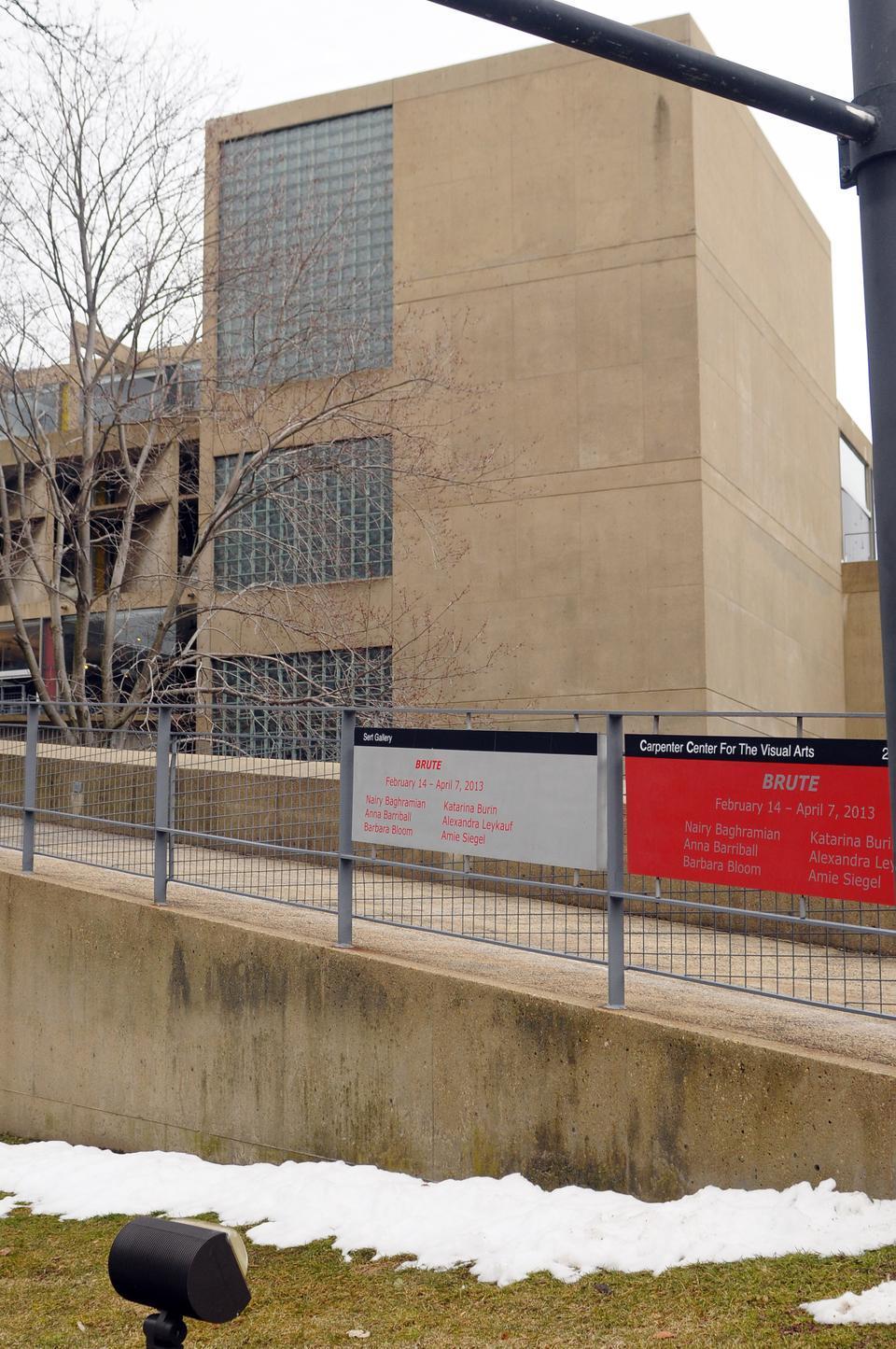
The Harvard Film Archive
On Quincy Street, nestled within the lower level of the grand concrete edifice of the Carpenter Center for the Arts, lies one of the University’s artistic treasures. To those who don’t understand its purpose and mission, the Harvard Film Archive may seem to be simply one of many academic resources in Harvard’s rich scholarly community. Yet, as described by Tom C. Conley, Kirkland House Master who works a great deal with the archive in his capacity as a professor of Romance Languages and Literatures and of Visual and Environmental Studies, “[The archive] has the power to utterly change the lives of those who attend.”
Comprising close to 25,000 film prints, negatives, and other paracinematic materiall, the HFA’s collection is one of the largest university-based film collections in the world. HFA Director Haden Guest, described the collection as “Ali Baba’s cave of material.”
Not only has the HFA sought to preserve film material throughout its 34 years of existence, but also the experience of cinema itself. Through the organization’s Cinemateque programming, the HFA screens about seven films in its auditorium each week. These are not the kind of screenings one would find at a Loews theater. The HFA’s curators take great care to screen films in their original format: If if a piece was made and exhibited on film, it will be shown on film. Many silent films are presented with live musical accompaniment.
Conley says he believes in the importance of this preservation of form. “Though we think we know these films having seen them on computer screens, having seen them on television screens through DVDs, [it] is not the same at all…through having them in their original forms we are opened onto new cinematic perspectives,” he says.
Guest explains that screening movies on film has become increasingly difficult. “We are in the twilight of the photochemical age and prints are getting harder and harder to find and acquire, and that is becoming more and more of a challenge, we still are resolute in our commitment though and seek them out.” Making this task easier for the archive, however, is its access to other prints throughout the worldwide archival community.
Yet, the HFA’s commitment to authenticity is only one facet of the institution’s mission to preserve the experience of cinema. Guest comments on the importance of the preservation of the cinema experience as an uninterrupted immersive event. “We are in an age now when people think that information can be gathered instantly and everything is kind of broken and fragmented. With film especially, people are watching these fragmented versions on Youtube or on their phones and the point that we make emphatically is that cinema is this time-based medium,” Guest says. “The duration of a work is really important—any kind of interruption or distraction just takes you away from it.”
Additionally says Guest, the way films are distributed across the country makes it harder for art house films to be screened. “The scope of films that are being shown around the country is getting narrower and narrower so it's getting harder and harder to see films by the important filmmakers of today and of the past. That is something that we are trying our hardest to correct,” he says.
Though preservation is certainly a crucial aspect of the HFA’s mission, the HFA looks just as much at the present and future as it does at the past. In fact, the HFA shows an incredible wide variety of material. The HFA’s Programmer David W. Pendleton explains that the Archive does not want to be known for only showing one genre of film. “We very consciously strive to make the programming as broad as possible, as eclectic as possible. Which is to say that we try and show everything from silent films that were made at the turn of the 20th century to digital films that were made even last month, as well as being geographically inclusive—films from places people don't often see here in the U.S. And we try to show all types of work, short films to feature films, nonfiction as well as fiction work, experimental work to genre films.” The variety of films shown at the archive, continues Pendleton, “remind people how many different things cinema can do, how many things filmmaking can do.”
Guest echoes Pendleton in stressing the importance of film in understanding the 20th and 21st centuries. He says, “[Cinema] is such a touchstone for our culture. I think to have undergraduate students leaving Harvard without some understanding of cinema would be a great mistake.”


